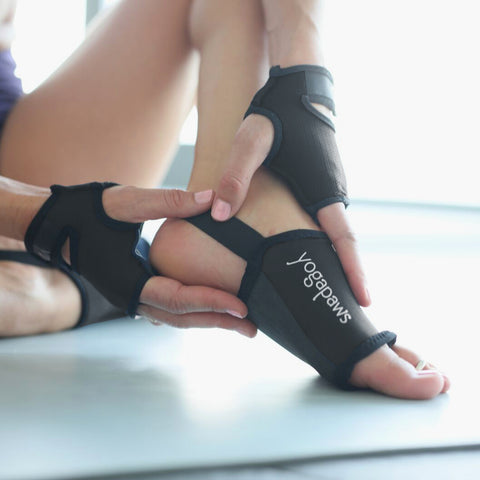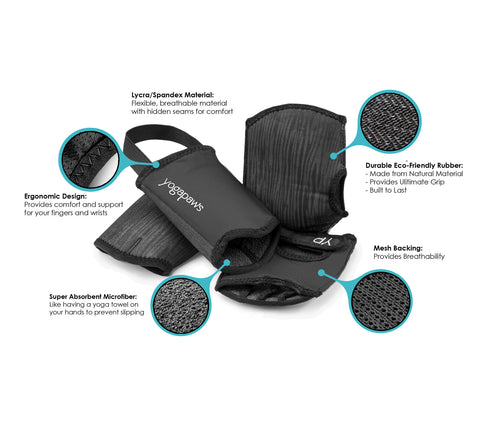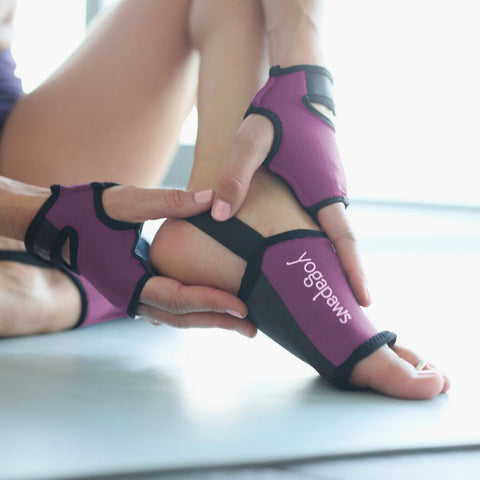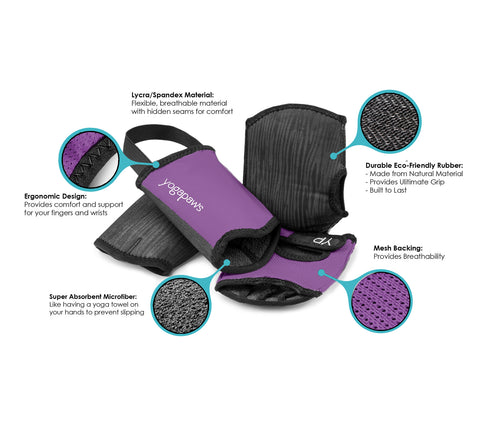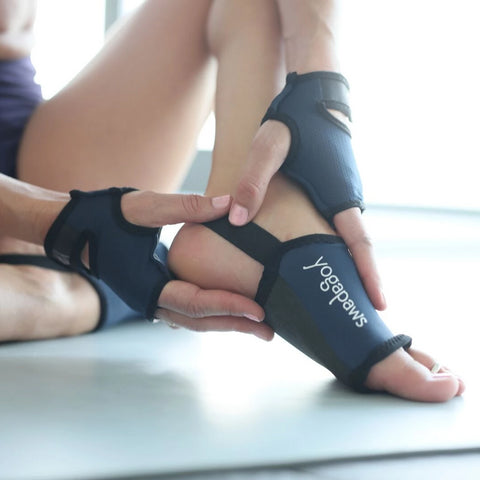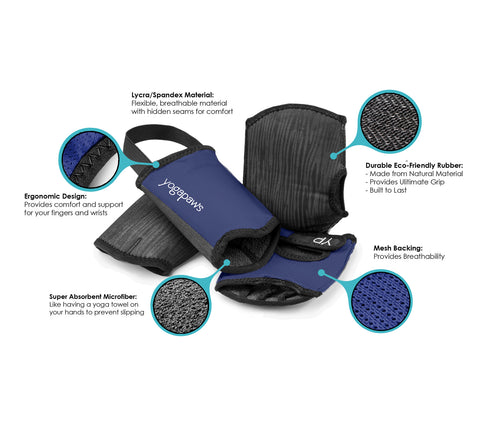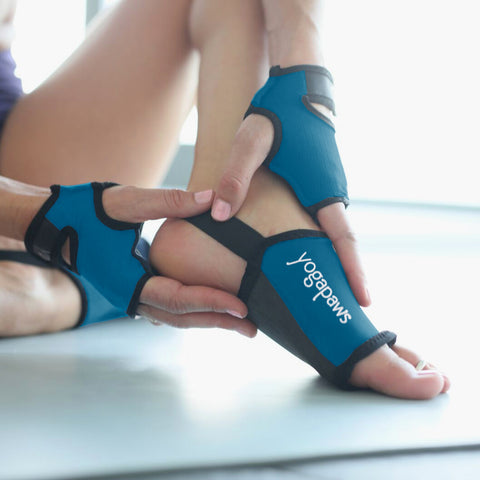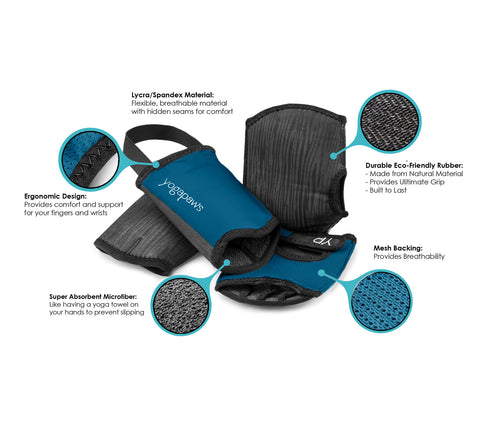Posted on April 13 2018
 Your mind and body work together in all areas of your life. That’s pretty clear when you think about the motor control that sends nerve impulses from your brain to your feet when you walk or makes your fingers type on a computer. But, that holistic connection runs much deeper. Think about the last time you felt anxious. Your shoulders got stiff, your legs felt heavy, and your whole body was tense. You may have even felt like you couldn’t breathe. Your heart was pounding. Your palms were sweaty. Your emotions weren’t just written “all over your face;” they told a story with your entire body.
Your mind and body work together in all areas of your life. That’s pretty clear when you think about the motor control that sends nerve impulses from your brain to your feet when you walk or makes your fingers type on a computer. But, that holistic connection runs much deeper. Think about the last time you felt anxious. Your shoulders got stiff, your legs felt heavy, and your whole body was tense. You may have even felt like you couldn’t breathe. Your heart was pounding. Your palms were sweaty. Your emotions weren’t just written “all over your face;” they told a story with your entire body.
While it’s obvious that your mind can change your body, consider how much your body can change your mind. Sometimes tackling the physical symptoms of a mental state can help you find a more positive way of looking at things. If you suffer from anxiety (as many people do at one point or another), developing a yoga practice that dissolves the tension and helps you calm down can be a great step in feeling like you can let those emotions go.
The mere decision to go to yoga class or practice at home demonstrates just how much you believe you’re capable of taking on challenges. Yoga is always an open door. It invites you to explore, to go deeper into poses and/or deeper into your mind and spirit. Your practice offers you continual validation that you have everything you need to handle new poses, new situations, new teachers, and, by extension, what else comes your way.
Overall, yoga helps you calm down, lower your blood pressure, and slow your heart rate. Any practice you do will help to relieve the feeling of being out of control that often comes with feeling anxious. And, you can tailor your practice to include poses that help you the most. For some people, heart opening poses are good for releasing anxiety, while others might prefer a more vigorous practice to burn off stress. Yin Yoga can also be an effective solution for learning to focus rather than fret.
Whatever sequences work for you, you’ll probably discover that they help you have a more useful perspective on the issues at hand. As you calm down, your mind clears and you have more time to think productively about what is making you anxious. That, in turn, allows you might feel more empowered to take positive action to address the cause of your anxious feelings.
It’s important to recognize when your anxiety has valid causes (like a big move or a major life event) or if you are stressing out over something that you don’t have to (worrying about something you can’t control or something you have no reason to be tense about). If you have issues that you need to work through, it’s good to create a practice that helps you focus. If you are worrying unnecessarily, it’s better to find a practice that also includes poses that make you feel confident.
Keep in mind that those anxious feelings have an upside. They mean that you’re welcoming new opportunities and making changes in your life. Taking a driver’s exam may not feel life-affirming when you’re doing it, but think about that road trip you can take to celebrate or how much fun it will be to pick up a friend and check out a new restaurant. There’s no reason to feel anxious if you’re just doing the same things all the time. So, if you feel your body tensing up, embrace it and congratulate yourself for being willing to grow beyond your comfort zone.
Here are some poses to make you feel less anxious:
 |
Uttana Shishosana (Extended Puppy Pose) Benefits: This restorative pose increases blood flow to your head, helping your body’s calming responses kick in. How to do it: Start on your hands and knees. Your knees should be hip width and your hands should be under your shoulders. On an exhale, move your hips back toward your feet. You should end with your hips angled back toward your feet, but not resting on them. Let your forehead rest on the floor. Hold for 30 seconds to one minute, then release. |
 |
Setu Bandha Sarvangasana (Bridge Pose) Benefits: This backbend helps you feel more open across your chest. How to do it: Begin lying face up on your mat. Bend your knees up and place your feet close to your hips, feet flat on the mat. On an exhale, lift your hips until your thighs are about parallel with the floor. Keep your center strong. Keep your neck long and breathe evenly. Hold for 30 seconds to one minute, then release gently to the ground, lowering one vertebra at a time. |
 |
Adho Mukha Vrksasana (Handstand) Benefits: This inversion helps you feel strong and in control, which helps counteract anxious feelings. How to do it: Perform Adho Mukha Svanasana (Downward-Facing Dog Pose) a few inches from a wall. Place your hands shoulder-width apart, with your fingers pointing to the wall and about four inches away from it. Move your feet slightly closer to your hands. Kick your right leg up toward the ceiling. While it’s raised, bend your left knee and kick it up toward the wall. Your heels should come to rest lightly on the wall. If you can’t make it up to the wall, work on kicking up. Either way, spend one minute in the pose or working on it, then release. Try kicking up with a different leg occasionally—most people find one leg easier than the other. Move into Balasana (Child’s Pose) when you’re finished and stay for a minute or more so that you don’t get dizzy when you stand up.
|
Face it. Yoga teacher Maria Apt says in Yoga Journal that many anxious people carry tension in their faces. Try to relax not only your mouth and jaw when your practice, but let go of all muscular tightness in your face. You may not realize it, but the tension you carry (even in the muscles around your eyes) in your face can exacerbate feelings of stress or nervousness.
Let stress go. When you’re on the mat, don’t dwell on stress that may come from the poses or the practice. Instead, observe it, work out where it came from, and let it go. Imagine that it’s water in a river that is flowing by you as you watch.
It’s also a good idea to set an intention if you are practicing yoga to help with anxiety. It doesn’t need to be about the things you’re trying to cope with. Instead, try a simple one like “I will feel calmer, more open and more in control at the end of this practice.” Use that to inform how you approach the poses. As you inhale, breathe in the word “calm;” as you exhale, let go of the word “stress.” Keep in mind, it’s all good.

